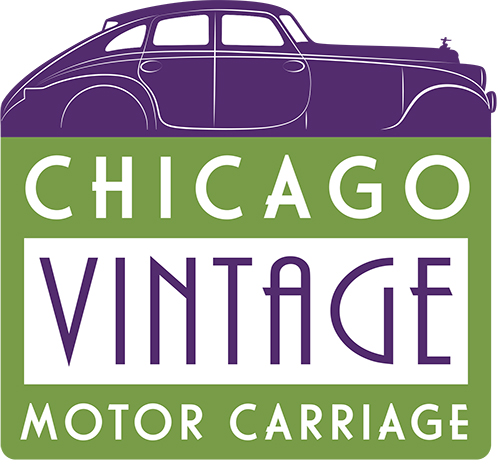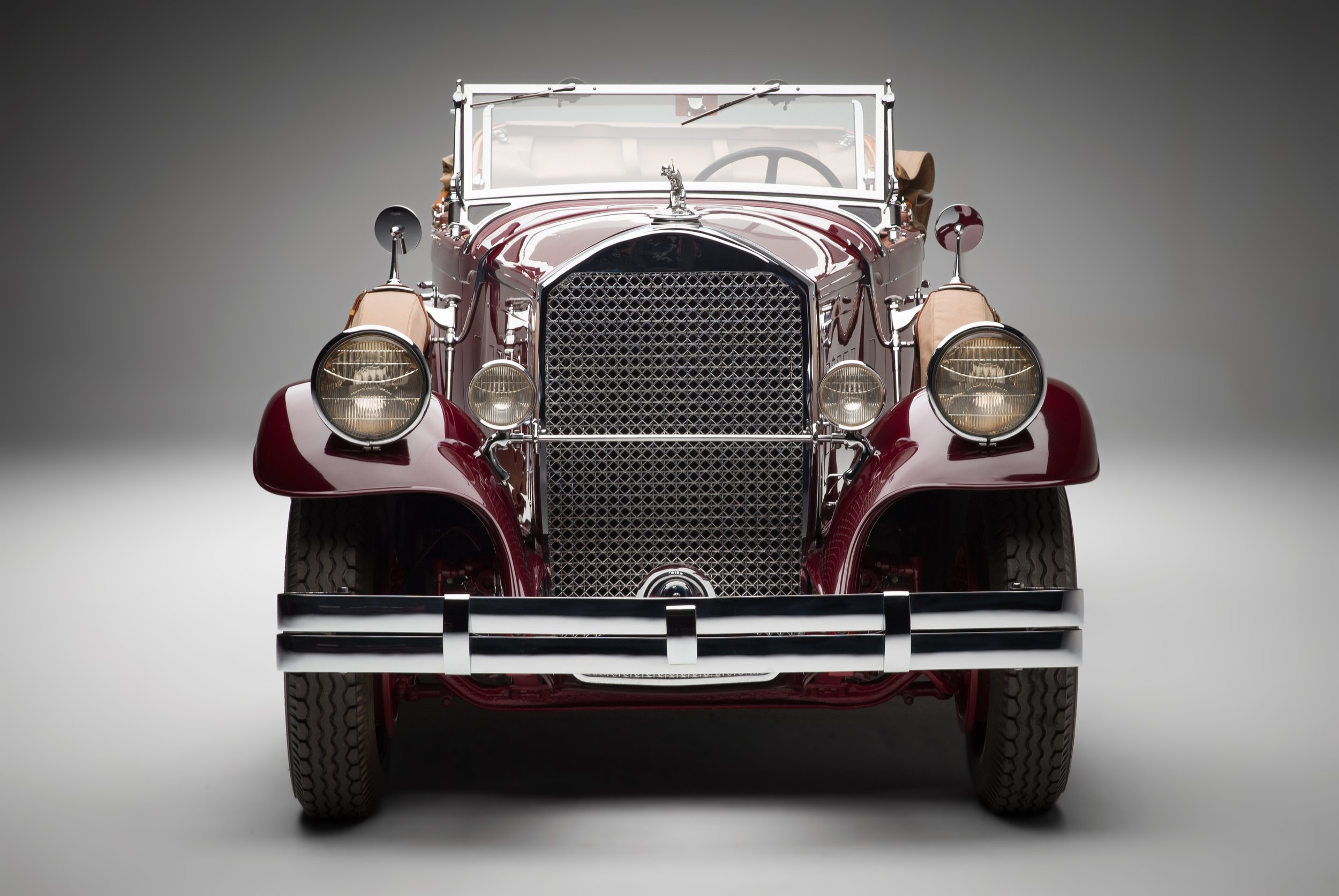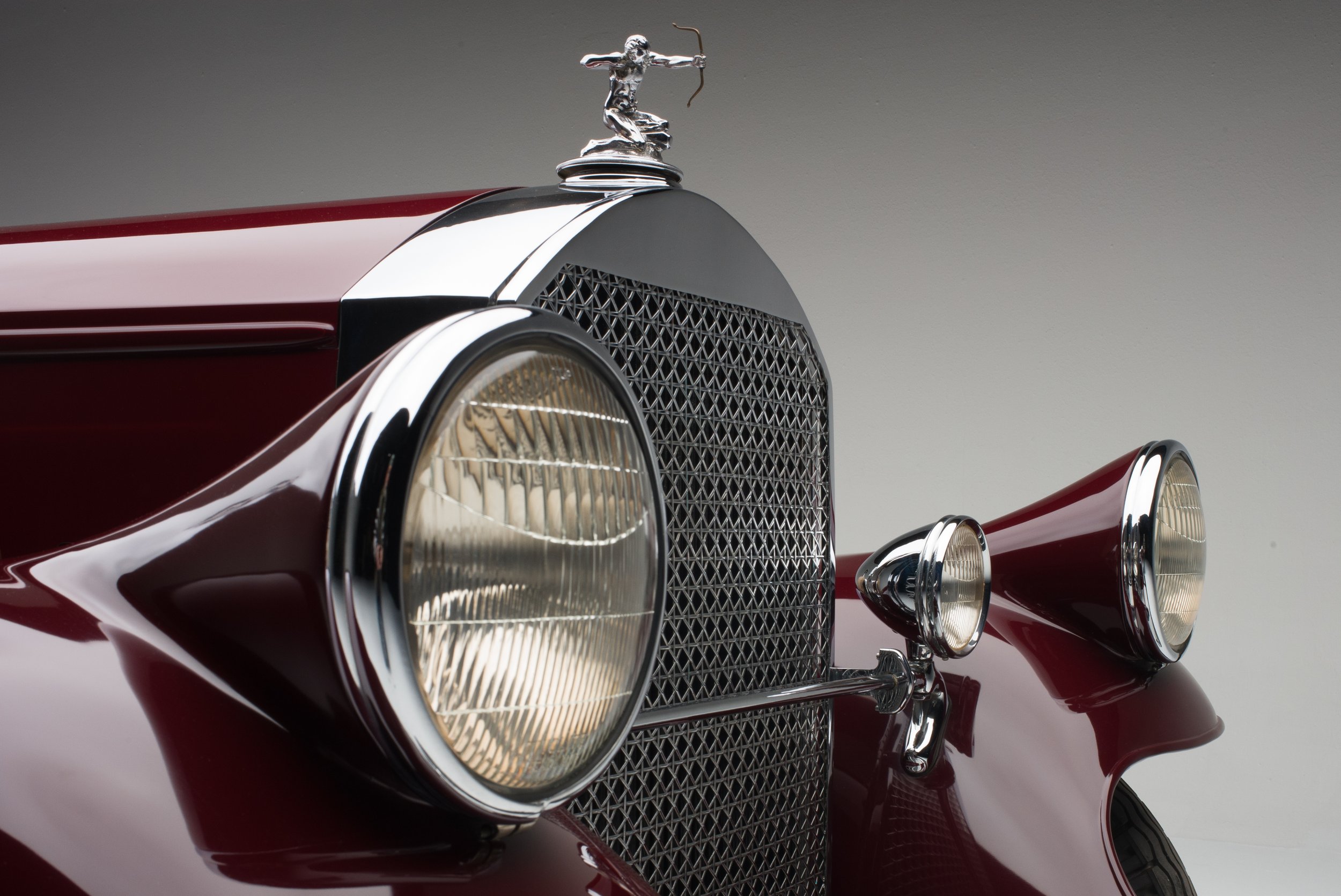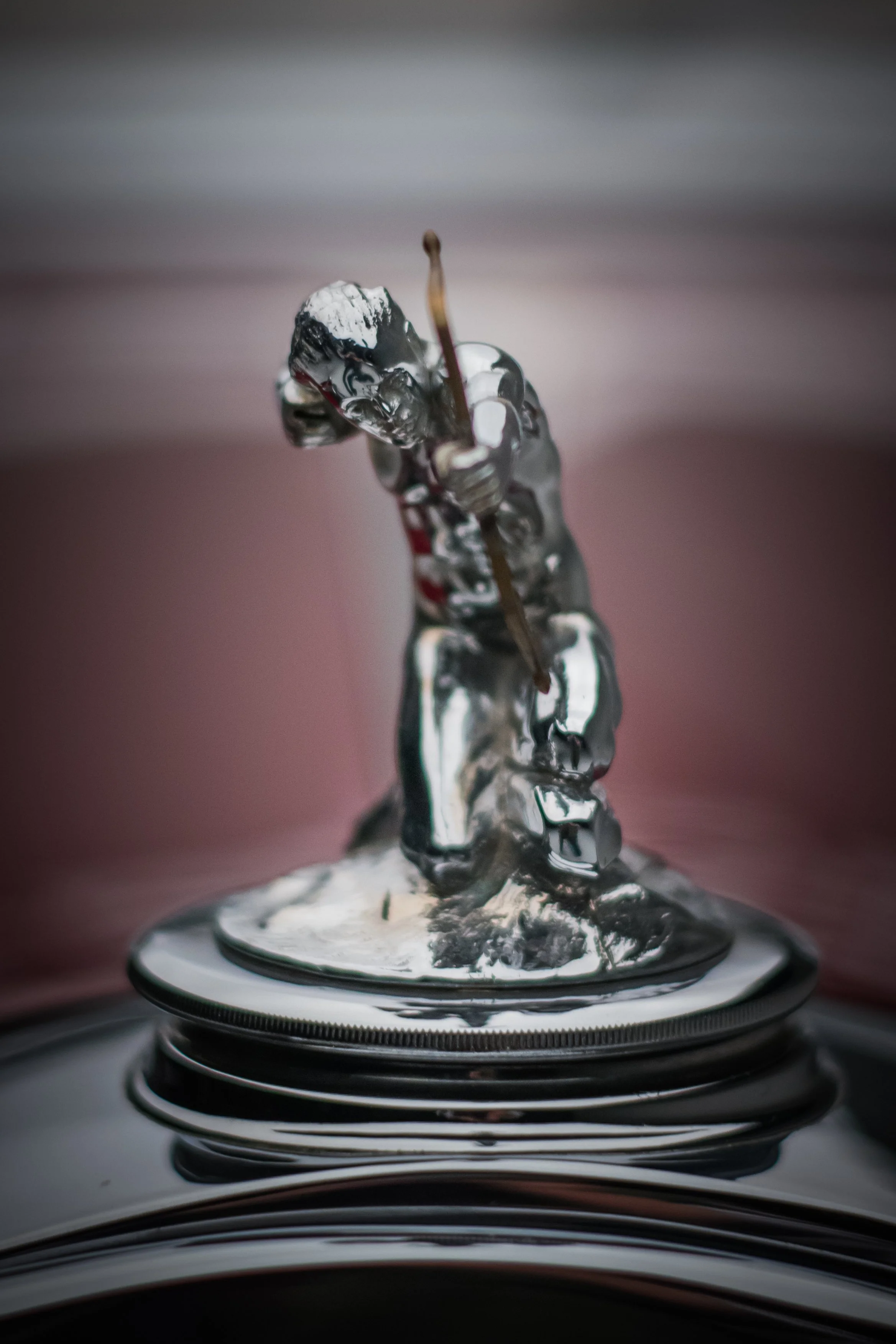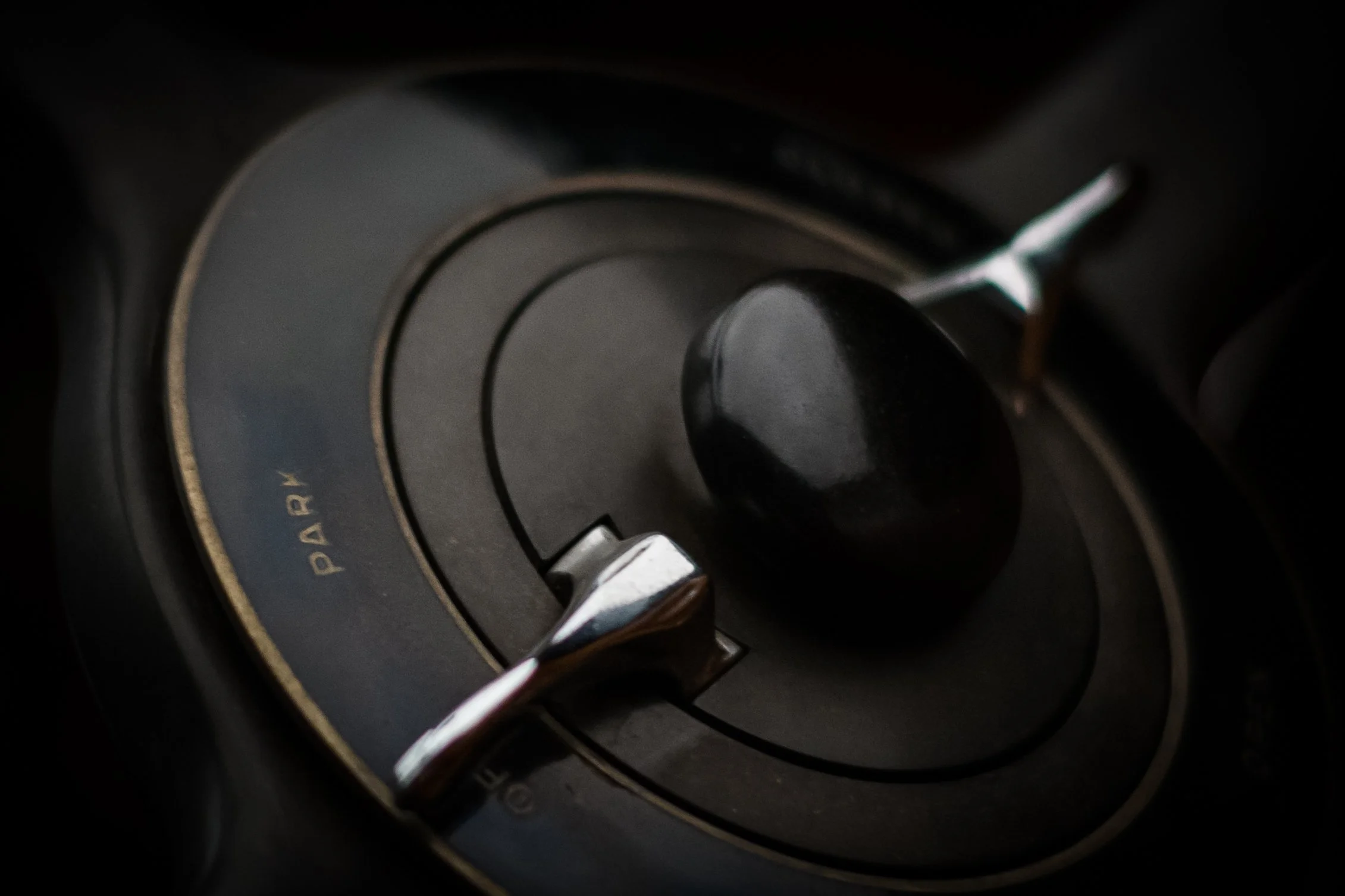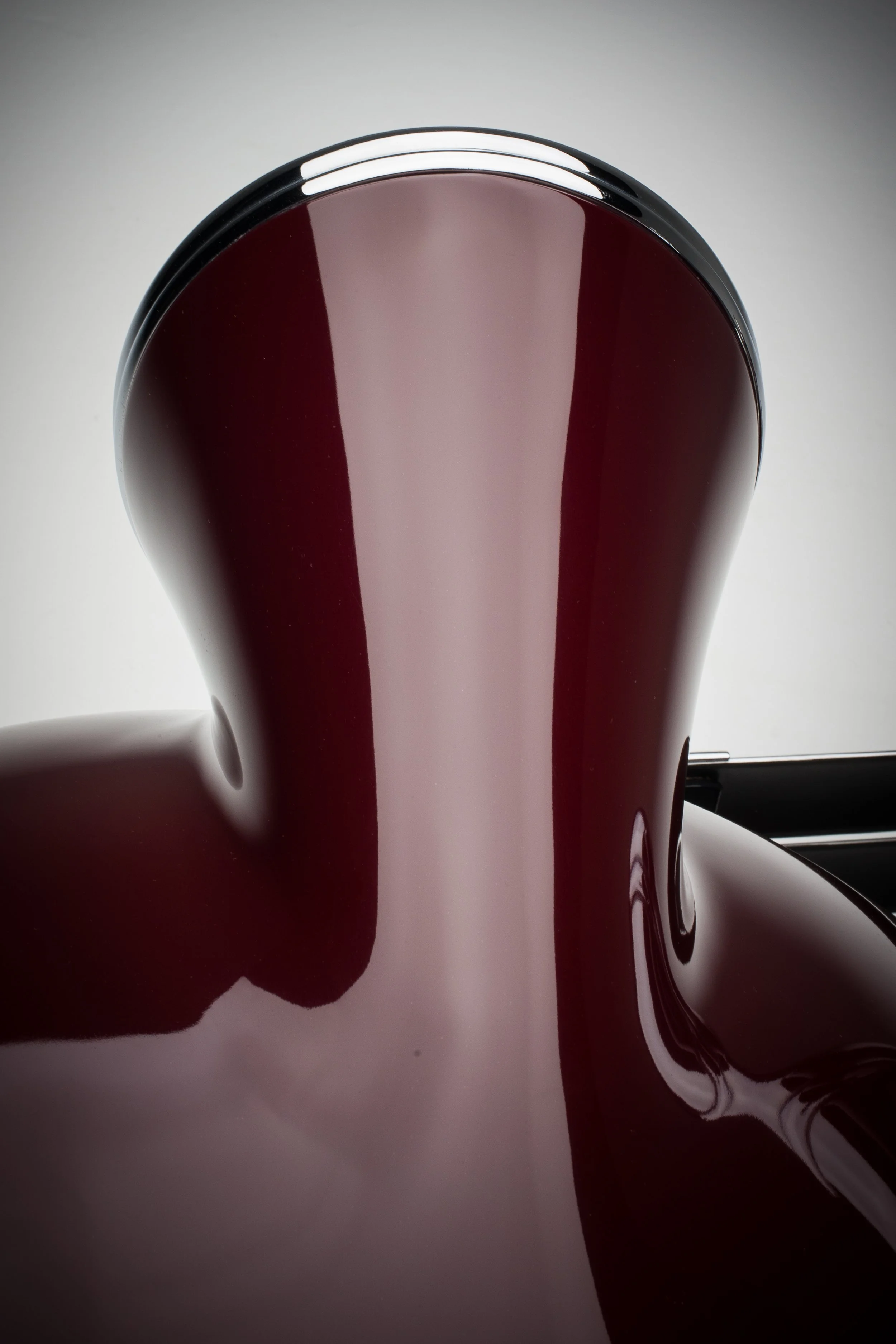1931 Pierce Arrow Dual Cowl Sport Phaeton
1931 Pierce Arrow Dual Cowl Sport Phaeton
The Pierce and the Bulldozer
If anyone knows why a Pierce-Arrow was bulldozed into a California mineshaft, they haven’t stepped forward. If it weren’t for confirmation by one of today’s most respected Pierce-Arrow experts, you would write the whole story off as a myth. As it is, many details about Chassis #21 have yet to be unearthed, but what we know boggles the mind.
- YEAR & MAKE - 1931 Pierce-Arrow
- MODEL NAME - Sport Phaeton
- SERIES - A
- MODEL/BODY/STYLE NUMBER - 42
- BODY TYPE - 4 Door, 4 Passenger Sport Phaeton
- BODY BY -
- # CYLS. - Strt. 8
- TRANSMISSION TYPE & NUMBER - 3 Speed, Rear Wheel Drive
- WEIGHT - 5,075 lbs
- ESTIMATED PRODUCTION - 21
- HP - 132
- C.I.D. - 385
- WHEELBASE - 142″
- PRICE NEW - $3450 – $3995
The Pierce-Arrow Model 42 was never common and unlike even some other Full Classic cars, it was almost always valued. There would have been a very short period of time when there was sufficiently little interest that one could have been discarded, no matter what state it was in. The best guess is that had to have have happened immediately after World War Two, because by the mid-Fifties, the Postwar Classic Car scene was starting to develop around the Great Cars, and a dual-cowl Pierce Arrow certainly qualified.
So it was probably sometime between 1946 and 1949 that a person or persons unknown fired up their bulldozer and pushed a Pierce-Arrow into the Kennedy Gold Mine in Jackson, California. The Kennedy had closed by Federal order in 1942 and when Order L-208 was lifted in 1946, the mine was flooded and never reopened. Thus the car could have been pushed in during the 1942 closure; or during permanent shuttering in the late Forties. If there’s any good news in this scenario, it’s that this was California, where the flooding was much deeper underground. In the South or East, only a reddish stain would have remained.
It was 25 or 30 years later that someone decided the car was worth saving. When they extracted it, there was so little left of the body that it had to be identified from a lead tag on the sill, which survives intact: It read 142 T.2.21–the 142-inch wheelbase Model 42, Touring car with two cowls, #21.
As with the dates and reasons for scrapping the car originally, there are still questions about who brought it out and when, but it was probably sometime between the mid-1970s and early 1980s. It’s then that the first owner of record appears, Pierce-Arrow expert Pat Craig in Stockton, California.
Pat Craig recalls the car being brought to him in pieces–body panels and the chassis separately, and trim and mechanical parts in boxes. Evidence of prior mistreatment showed in the bulldozer cleat tracks across the back end, what there was of it. Craig brought the car east to Laidlaw Auto Restoration in Connecticut for the body, and had the upholstery done at Harrah’s. He subsequently had the car re-restored to correct some deficiencies.
Any lover of classic cars who was around in the 1950s knew the next owner’s name. Bob Gottlieb was Motor Trend’s Classic Cars editor under Walt Woron, and has been credited with defining exactly what a Classic Car is in his Classic Comments column. He was also the author of several early books on the subject in the 1950s, including the seminal Classic Cars and Specials, which helped the fledgeling Classic Car Club of America arrive at their own criteria for what constitutes a Full Classic. Behind the scenes, Bob Gottlieb was not only a classic car writer and historian; but as attorney for Robert Peterson, he was one of the people who got Trend, Inc., later Motor Trend, off the ground. Bob’s day job was primarily automotive, with clients including General Motors, Cadillac and Petersen Publishing, publishers of Hot Rod, Motor Trend and many other magazines.
Gottlieb was also a notable collector of Full Classics and other early cars, so his ownership isn’t a surprise. He titled his Pierce in Scottsdale in 1985, after buying it from Don Williams at the Imperial Palace collection, with whom he had a longstanding relationship (Williams helped him acquire several Duesenbergs, among others). Titling was almost certainly just after Pat Craig’s second restoration was complete, although “restoration” barely describes the monumental task of rebuilding a semi-custom Full Classic open car from (literally) the ground up.
Bob Gottlieb appears to have held onto the car for about 15 years, before famed Arizona collector and dealer Leo Gephart acquired it. Mr. Gephart is now quite elderly and while he remembers the era well, he does not remember this car. Interestingly, the next owner was Robert Pass, whose successful Passport Transport also had its roots with Gephart. Pass does recall owning it, but no specific details, as he advertised the car for sale immediately after acquiring it in late 1999. Chicago Vintage Motor Carriage acquired it from Pass within four months.
Obviously, then, it was a car worth making a fuss over. One Pierce-Arrow of the era might resemble another to someone not familiar with them, as, like the competition from Cadillac, Packard, Lincoln or Chrysler, they favored incremental change in order to maintain continuity and a recognizable car for their customers.
Under the skin, however, Pierce-Arrow was anything but risk-averse. Under relatively recent ownership by Studebaker, Pierce-Arrow maintained almost complete independence, while gaining access to South Bend’s engineers and facilities. It was there that Pierce-Arrow engineers cast their own blocks in their own special alloys, keeping such close tabs on the process that an engine block’s casting time can generally be narrowed down to a half-hour. The result is what is uniformly regarded as Pierce-Arrow’s best eight-cylinder engine, and for touring purposes, perhaps their greatest engine of all. They considered it competition to the V-12s of the day–the nine-main-bearing, 385-cu.in. Model 42 engine made 132hp, where a V-12 Cadillac produced 135hp, and less torque. It was an engine good for a quarter-million miles–at that the weakest link in a drivetrain generally good for the life of the car. Harrah’s restorers appear to have used a Model 43’s 125hp engine (albeit one cast in January, 1931) in their work on Chassis #21, a common change in a previous generation of restorations. Investigation into this engine and the status of the original is ongoing.
Pierce’s legendary quality is evident throughout, and they went to extraordinary and sometimes downright bizarre lengths to improve their cars. Even with Studebaker’s backing, the small company lacked the resources to test their cars as much as they liked. Instead, they took existing, well-proven components and modified them incrementally. For instance, in 1931 they delivered cars with 15 different transmissions–customer feedback would tell them what worked and what didn’t, and the next batch incorporated those changes. Members of the Pierce-Arrow Society say, in seriousness, “If you ordered two identical cars on the same day at the same dealership, you’d get two different cars.” Ironically, while their woodshop worked to the industry’s tightest tolerances and created interchangeable wood parts, comparable to machined metal components, many differences make each car mechanically unique, the opposite of most fine cars of the era.
Until recently, it was thought that Pierce-Arrow only made 14 open Model 42s, of which only about half survived. Of those, two have recently joined long term museum collections, essentially leaving the road forever. Thus the recent discovery of this car’s original body tag, indicating it was the 21st produced, has galvanized the many aficionados of the model–suddenly, there are another seven cars unaccounted-for. As this one demonstrated, you shouldn’t give up hope, not where the best of the eight-cylinder Pierce-Arrows are concerned.
Almost three-quarters of a century later, the reasons for this car’s mistreatment are only beginning to emerge. Its salvage and extraordinary restoration, however, are clear evidence of the lengths to which people will go to save a Pierce-Arrow Model 42, and one look says it was worth it. Further research at The Kennedy Mine archives is ongoing, and may reveal further details.
